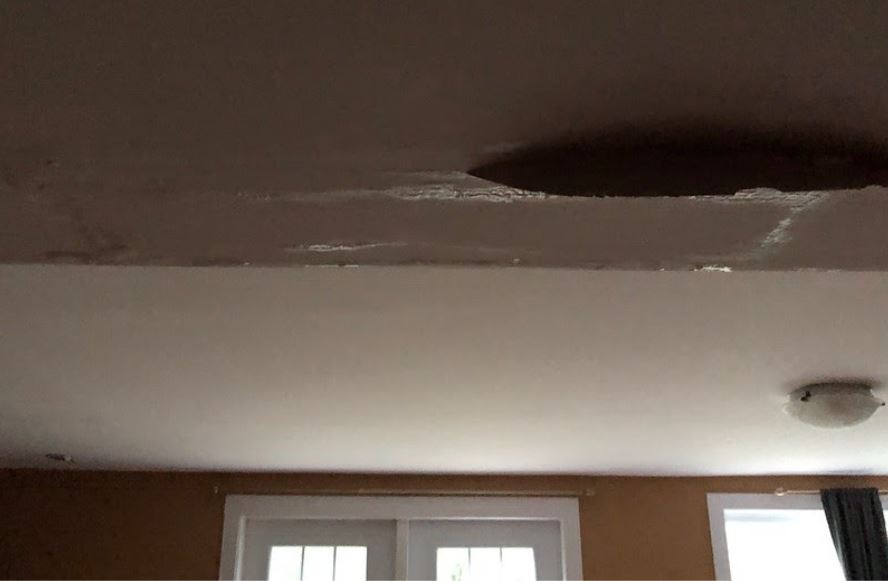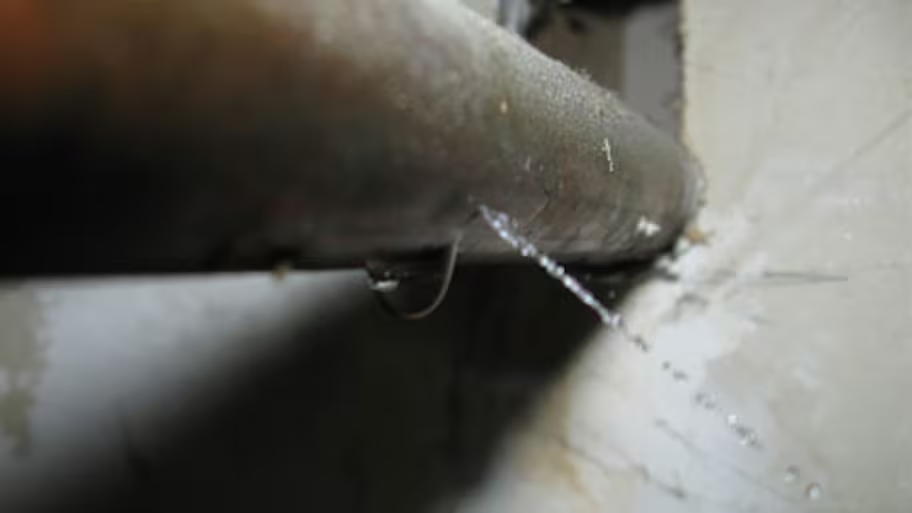Your House's Most Frequent Triggers of Leak Problems: In-Depth Analysis
Your House's Most Frequent Triggers of Leak Problems: In-Depth Analysis
Blog Article
Do you find yourself on the lookout for details around How to detect water leaks in your home?

Leaks not just create waste of water yet can also trigger unnecessary damage to your home as well as advertise unwanted natural growth. Water leaks might go unnoticed considering that many of the pipework in our residence is hidden. By understanding as well as looking for day-to-day situations that trigger leakages, you can shield your residence from future leakages and also unnecessary damages. Today, we will certainly take a look at 6 leakage triggers that might be causing your pipelines to drip.
Immediate temperature changes.
Extreme temperature changes in our pipelines can trigger them to increase as well as contract suddenly. This expansion and also contraction may cause splits in the pipes, specifically if the temperature level are below freezing. It would be best if you watched on just how your plumbing works. The visibility of the formerly mentioned conditions regularly indicates a high danger.
Corroded water supply
This could be the cause of staining or warping on your water pipes. If our plumbing system is old, think about changing the pipelines since they are at a higher threat of corrosion than the newer designs.
Defective Pipe Joints
The point at which your pipelines attach is frequently the weakest web link in the waterline. Pipe joints can deteriorate with time, resulting in water leakages. The bulk of pipeline joints are not conveniently noticeable. If you have loud pipelines that make ticking or banging noises, particularly when the warm water is turned on, your pipe joints are probably under a lot of stress. It is a good idea to have your plumber check your system annually.
Intruding roots
The majority of water leaks begin outside the home instead than inside it. You may notice wet patches or sinkholes in your lawn, and also that could suggest that tree roots are attacking water lines creating water to permeate out.
Poor Water Connectors
At times, a leak can be created by loose tubes and also pipelines that provide your appliances. In situation of a water connections leak, you may discover water running directly from the supply line or puddles around your appliances.
Clogged Drains
Clogged drains could be frustrating and also inconveniencing, but they can in some cases wind up creating an overflow resulting in rupture pipelines. Maintain getting rid of any materials that may drop your drains that can block them to prevent such hassles.
All the above are reasons for leaks yet not all water leaks result from plumbing leakages; some leakages could originate from roofing leaks. All leakages need to be repaired quickly to prevent water damage.
Leakages not just cause waste of water but can additionally cause unnecessary damages to your home and also promote undesirable natural development. By comprehending and looking for day-to-day scenarios that trigger leakages, you can secure your home from future leaks and unneeded damage. Today, we will look at six leak creates that might be creating your pipes to drip.
At times, a leak can be triggered by loosened hose pipes as well as pipelines that supply your home appliances. In instance of a water connections leakage, you might see water running directly from the supply line or pools around your devices.
How To Check For Water Leak In Your Home
How To Check for Leaks
The average household's leaks can account for nearly 10,000 gallons of water wasted every year and ten percent of homes have leaks that waste 90 gallons or more per day. Common types of leaks found in the home are worn toilet flappers, dripping faucets, and other leaking valves. These types of leaks are often easy to fix, requiring only a few tools and hardware that can pay for themselves in water savings. Fixing easily corrected household water leaks can save homeowners about 10 percent on their water bills.
To check for leaks in your home, you first need to determine whether you're wasting water and then identify the source of the leak. Here are some tips for finding leaks:
Take a look at your water usage during a colder month, such as January or February. If a family of four exceeds 12,000 gallons per month, there are serious leaks.
Check your water meter before and after a two-hour period when no water is being used. If the meter changes at all, you probably have a leak.
Identify toilet leaks by placing a drop of food coloring in the toilet tank. If any color shows up in the bowl after 10 minutes, you have a leak. (Be sure to flush immediately after the experiment to avoid staining the tank.)
Examine faucet gaskets and pipe fittings for any water on the outside of the pipe to check for surface leaks.
Undetected water leaks can happen without the home or business owner even realizing. If you suspect a water leak, but not able to find the source. It is time to contact a professional water leak detection service, The Leak Doctor.
How To Find a Water Leak In Your Home
https://www.leakdoctor.com/blog/How-To-Check-For-Water-Leak-In-Your-Home_AE197.html

Do you appreciate reading about Common Water Leaks In House? Place a short review down the page. We'd be interested to hear your responses about this piece. Hoping that you come back again later on. For those who liked our page if you please remember to share it. We appreciate reading our article about Top Causes of Home Water Leaks.
We've got you! Report this page